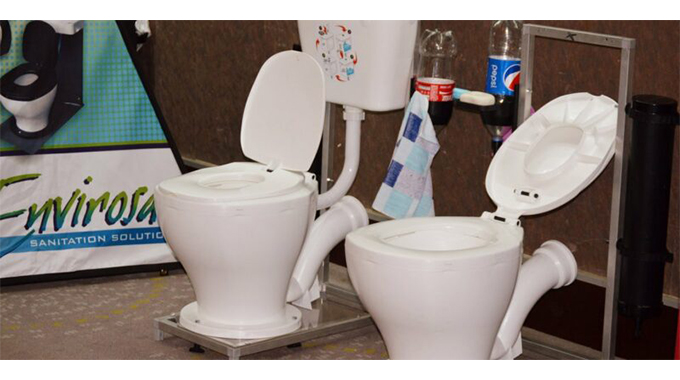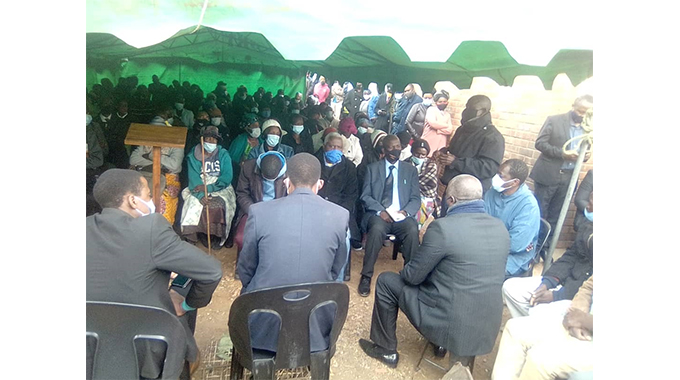LATEST: Open defacation rampant in Matabeleland North Province

Thandeka Moyo-Ndlovu, Health Reporter
VILLAGERS in more than half of the districts in Matabeleland North Province practice open defecation.
The province has the highest number of people in the country who relieve themselves in the open, according to the latest Zimbabwe Vulnerability Assessment Committee report.
The study was carried out under the overall co-ordination of the Food and Nutrition Council (FNC) with support from the Government of Zimbabwe and its Development Partners.
According to the report, open defalcation is the disposal of human faeces in fields, forest, bushes, open bodies of water, beaches, or other open spaces or with solid waste.
Open defecation has consistently remained high in Matabeleland North over the years and the report says this is “worrisome.”
Binga District at 79 percent has overtaken Nkayi (61 percent) with most people practicing open defecation, Nkayi District has always topped in the province.
Lupane District is second at 63 percent while Tsholotsho is at 55 percent.
“Most districts in Matabeleland North had over 50 percent of the households practicing open defecation. Open defecation in Matabeleland North has been consistently high over the years and this is worrisome,” read the report.
Nationally, Matabeleland North province tops the country at 55 percent, a rise of three percent from last year.
The report which highlights the state of Water, Sanitation and hygiene in the country found that open defecation is common in many rural provinces in the country.
“The proportion of households practicing open defecation in Matabeleland North has remained high,” read the report.
The Government is phasing out open-pit latrines and introducing Eaziflush Sanitation Technology for waste management in peri-urban and rural communities, a development set to reduce by 80 percent the cost of constructing ablution facilities.
Eaziflush is a toilet technology used to convert Ventilated Improved Pit (VIP) and urine diversion toilets into a flush system.
It will also serve to address open defecation
The toilet can be connected to an existing piped sewer network or operate as a pour-flush or low-flush toilet in areas with no piped water.
When used as a pour flush toilet the Eaziflush requires two litres of water per flush.
Eaziflush provides a sanitation facility that is safe, reliable, private, protected from the weather and ventilated, keeps smells to the minimum, is easy to keep clean and minimizes the risk of the spread of sanitation-related diseases.
Once in place, the Eaziflush technology will also help reduce the prevalence of water-borne diseases like cholera and diarrhoea. – @thamamoe











Comments